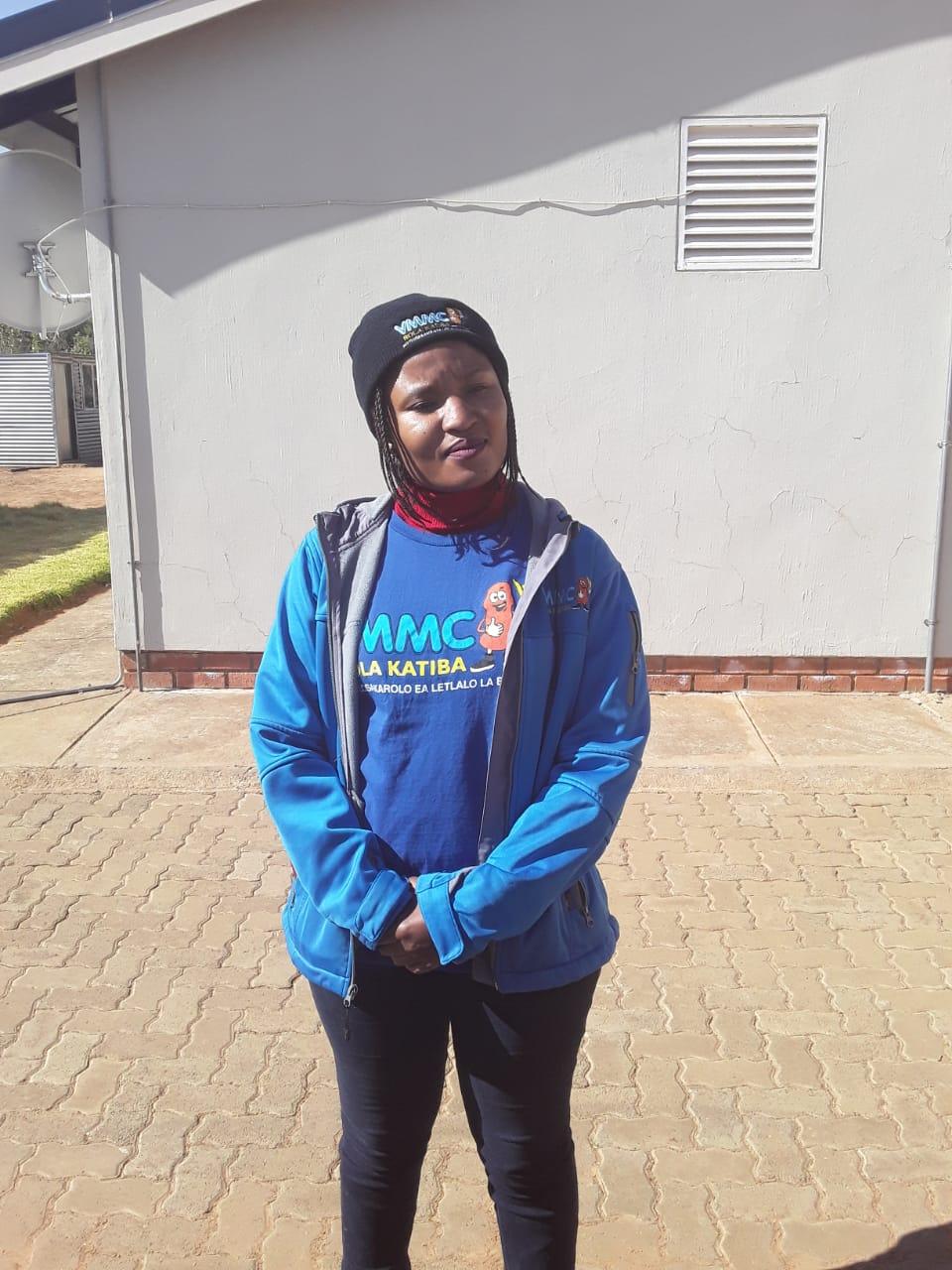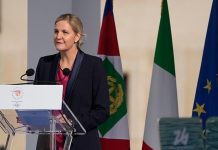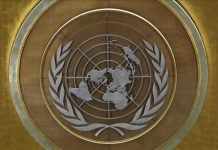Africa-Press – Lesotho. Fifty-eight-year-old Lepekola Mokhahlane of Sebedia, Ha Makhoroana village in Berea is happy man. He was one of the villagers who spoke on the benefits of the Jhpiego-sponsored educational training on Voluntary Medical Male Circumcision conducted in the village last Tuesday.
Mokhahlane said after he was circumcised last year, he feels healthier and younger. He was initially afraid to get circumcised but after some educational training sessions from Jhpiego he manned up to the decision and got circumcised.
Circumcision services are free under the support of Jhpiego. “I advise other men to get circumcised to help prevent sexually transmitted diseases and the spread of HIV and AIDS,” he added.
District Manager Mrs Khoboso Marame said Berea was nominated as the top district among five namely; Mohale’s-Hoek, Mafeteng, Berea, Maseru and Leribe with high rate of voluntary medical male circumcision statistics.
Marame believes they achieved the high statistics through sheer hard work, adding they used varying strategies to help them register such success. One of the strategies was to work after hours between 6pm and 12am where they used mobile moonlight services, she added.
“The purpose of the moonlight services is to reach people who are unable to come and access our services during the day such as security guards and taxi drivers and people who are shy.
And this mobile moonlight facility reached all Berea health centres”. “Our target is 7, 329 from last October. So now we are on the half of this target,” Mrs Marame said.
Jhpiego has trained mobilisers or community health promoters to provide information on circumcision and arrange appointments for those who want to get circumcised.
After circumcision they provide an appointment card which has the number of the mobiliser and the number of the community health promoters. Nurse in Charge from Sebedia Health Centre, Mrs Mpho Morabe, said they work together with Jhpiego giving health-talk to prospective patients.
She appreciated that students were their frequent visitors since they encourage others after one of them gets circumcised. Mrs Morabe lamented the challenge they encounter where women prevent their husbands from getting circumcised saying the healing process deprives them of their conjugal rights for an extended period.
“The catchment is so many, but the numbers of the men come to circumcise are not the same as the clients that come to get the services,” she added.
Jhpiego Communication Assistant, Mrs Thato Diaho, said they have three categories of men, namely: those that understand this circumcision; those who when they get educational training go for the services; and the last group which takes long time to find but still refuses to access this service.
Their reasons being “they do not want women to help them and they are afraid of how the community would feel about them after being circumcised”. “It does not mean that when you get circumcised you cannot contract HIV/AIDS, but it reduces the chances considerably,” she told the audience.
Mrs Diaho said it is best to begin to educate 10-year-old boys on condom use so that when they are old they have knowledge of its importance and use. According to the World Health Organisation (WHO), voluntary medical male circumcision (VMMC) can reduce the risk of female-male HIV infection by 60 percent.
There are approximately 26,000 new HIV infections a year in Lesotho, out of a population of slightly over two million people. WHO says VMMC works because the foreskin is an area of the body that can easily be torn to create tiny gateways for the virus to enter the body.
Its removal, reduces the risk of the virus spreading. Men can opt for either a surgical or non-surgical procedure. The most popular option is called Prepex, a non-invasive method that leaves a small device on the penis for seven days in order to stop the blood flow to the foreskin.
Once the skin is dead, it is cut off. Jhpiego, among other development partners in the country, has done a lot of work in mitigating the spread of HIV/Aids by coming up with innovative programmes tailor-made to suit local conditions.
One such novel project was the driver mobilisation programme, which was formed through a partnership between Lesotho’s Ministry of Health, USAID and Jhpiego, a few years ago to equip drivers with the knowledge needed to educate young men about HIV prevention.
“The taxi drivers are the people who encounter the most people on a daily basis,” Polo Motsoari, a communications manager with Jhpiego said about two years ago.
“We are trying to venture [onto] different platforms where we can reach out to these men – regardless of their background, regardless of their age – they should all know that circumcision is here for them – and it’s free.
” Jhpiego paid volunteer taxi driver-educators up to M300 for every five clients they referred to a free clinic.
A 2011 study published in the journal PLOS One found that nearly a quarter of men in Lesotho who self-reported as circumcised did not have evidence of circumcision.
Instead, it is likely they undertook a ritual process where the foreskin was only cut, or partially removed. This is why Jhpiego together with the government and other partners have been trying to find new ways to reach young men.
“Some men don’t want to discuss sexual reproductive health with women or with someone younger. They want to discuss that with their peers,” a Jhpiego spokesperson said two years ago.
“We are trying to venture [onto] different platforms where we can reach out to these men – regardless of their background, regardless of their age – they should all know that circumcision is here for them – and it’s free.
“The taxi drivers are the people who encounter the most people on a daily basis.
The programme was part of a wider national campaign called Rola Katiba, or “take your hat off”, that focused on educating men between the ages of 15 and 29 in an effort to reduce HIV rates.
While VMMC does not offer complete protection – and should be used in conjunction with regular safe-sex practices – it remains one of the most cost-effective tools for HIV prevention available today, according to the WHO.
USAID and the WHO estimate that one HIV infection will be averted for every five to 15 male circumcisions completed. In a 2017 article on his blog, Dr.
Emmanuel Njeuhmeli, who served as the Senior Biomedical Prevention Advisor at the Office of HIV/AIDS at the US Agency for International Development (USAID) for nine years, said VMMC remained critical in controlling the epidemic in HIV/Aids hotspots.
“VMMC remains critical for epidemic control in the high-prevalence countries in East and Southern Africa.
It is my hope that countries, with support from WHO, UNAIDS, PEPFAR and other donors, will succeed in implementing the new WHO and UNAIDS framework that was launched in 2017 with the goal of reaching 90 percent of adolescents and men (ages 10-29 years old) by 2021.
“The high male circumcision coverage we have all worked so hard to achieve, and the additional VMMCs to come, will continue to reap health benefits long into the future, and I believe the day will come when we will see new HIV infections decrease to the lowest level possible,” added Dr Njeuhmeli who has been the VMMC technical lead for USAID, providing support to the US President’s Emergency Plan for AIDS Relief (PEPFAR) programmes in Eastern and Southern Africa for the introduction and acceleration of the scale-up of the VMMC programme. More than 11 million men have so far received VMMC services across eastern and southern Africa since 2008.
For More News And Analysis About Lesotho Follow Africa-Press






